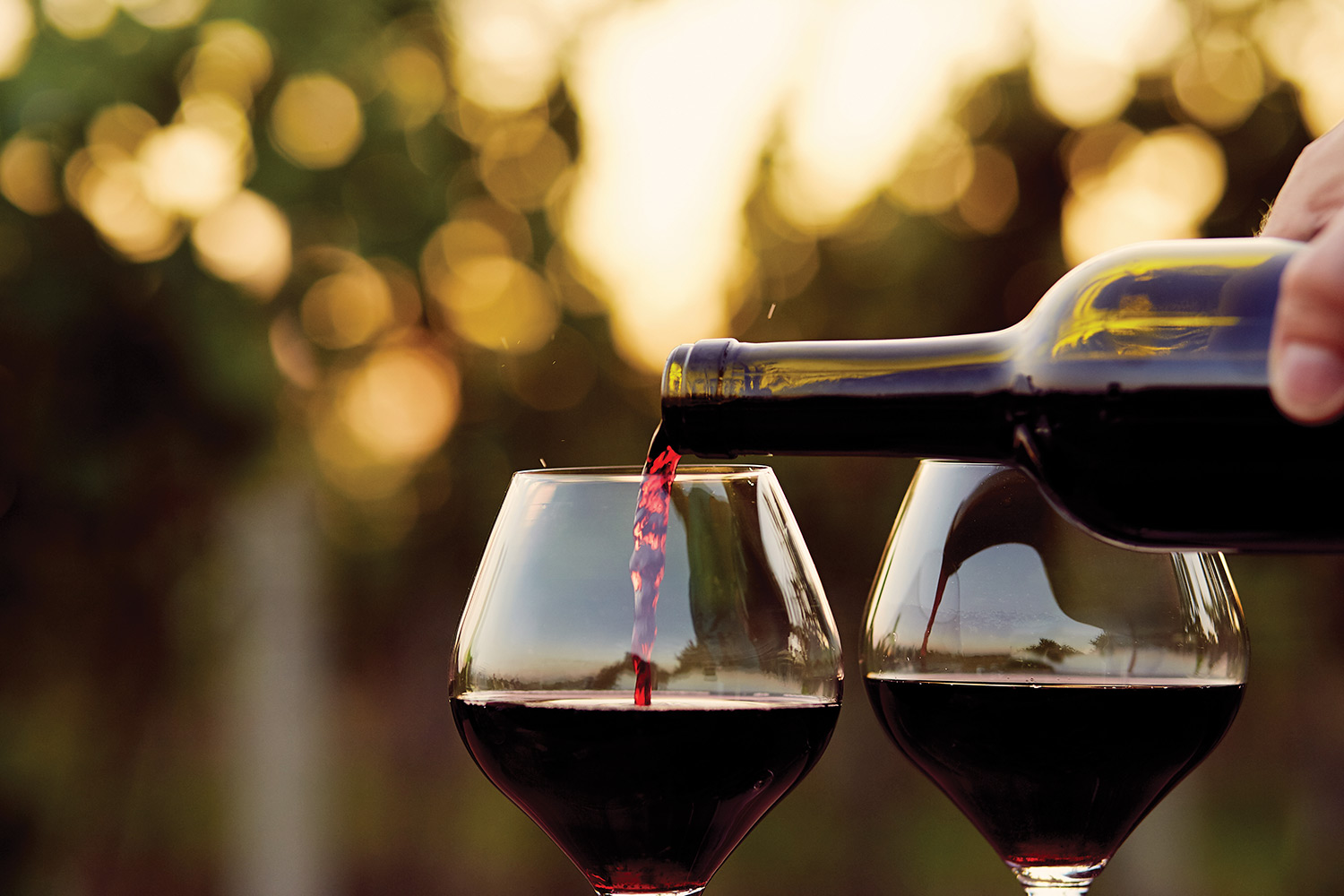Six Common Wine Myths

Debunking the tasting room talk.
As the person that is often standing on the other side of the wine tasting table, pouring samples, I’ve heard quite a bit of chatter and uncertainty during my years in the wine industry. As such, I’ve run across a few myths when it comes to the perception and enjoyment of wine that are worth clearing up. Let’s talk about a few of the common ones here:
Myth #1: “I’m not a real wine drinker. I only drink sweet wine.”
I hear this at least once at every wine tasting event, so I’ll come right out and say it: sweet wine is, in fact, real wine. You’re probably thinking that’s obvious and sounds ridiculous, but there is a perception out there that a higher amount of sugar in a wine somehow makes it a lesser wine. Riverboat Red is our most popular wine, and it’s one of the sweetest wines we make. I highly encourage everyone to drink the style of wine you like proudly — regardless of its residual sugar.
Myth #2: “This dry wine doesn’t taste dry.”
To understand what you taste when you don’t think a wine is dry enough, it is important to first understand what classifies a wine as dry. During the fermentation process, yeast will feed off of the sugar from the grape juice. When a wine is classified as dry, that means there is no residual sugar left in the wine after fermentation. In a sweeter wine, there would be residual sugar. That amount of the remaining sugar helps distinguish a wine’s classification of semi-sweet or sweet. So, when you taste a dry wine, make sure you aren’t confusing the presence of fruit-forward flavor with a lack of dryness.
Myth #3: “I would like a glass of Champagne.”
In order for a wine to be called Champagne, it traditionally must come from the Champagne region of France. However, there are Champagne-style wines, like the Les Bourgeois brut for example. The term “brut” actually refers to the level of dryness of the wine. A sparkling wine labeled “extra dry” is actually slightly sweeter than a brut sparkling wine.
Myth #4: “I’m having seafood for dinner. Which white wine should I have?”
If we’re dining on steak, we often pair it with a hearty, bold red wine, and seafood traditionally gets paired with a crisp white wine. We often think that the main component of the dish is what dictates the best pairing; however, the accents of sauces and spices make a big difference. One of my favorite charts to use as a guideline was created by Missouri Wines — it can be found on their website, missouriwine.org, or @lbvwinery on Pinterest. Anyway, one thing that I remember hearing from a wine professional many years ago was that the pairing is of little significance if it’s not a wine you enjoy. The more important part is that you are drinking something you love. And to that I say, “Cheers!”
Myth #5: “Expensive wines are better.”
There is a common misconception that price equals quality. While this is sometimes true, there are many factors that go into play with the price of a bottle of wine — location, quantity available, packaging, and varietal being just a few. Most recently, I’ve been obsessed with our Jeunette Rouge, which won top honors at a national wine competition. It is a dry red blend sporting a very modest price tag.
Myth #6: “Red wine should be served at room temperature.”
It’s actually ideal to serve most red wines at cellar temperature, which is generally cooler than the average room. Serving dry red wines at around 60 to 70 degrees is best. While I like to keep my house nice and cool, I would bet that the majority of people don’t keep their rooms quite as cool as the somewhat chilly norm of the cellar. In that cases, I would refrigerate the wine for 10 or 15 minutes before drinking to get its temperature slightly cooler. You’d be surprised at the difference it makes!


